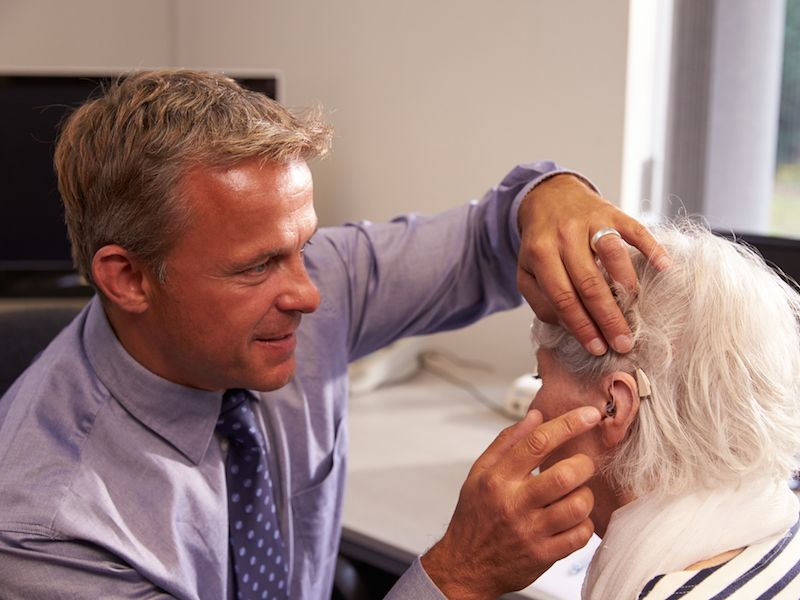
The numbers don’t lie: at some point in your life, you’re more than likely going to need a hearing aid. A quarter of individuals between 60 and 75, according to an NIDCD report, have hearing loss and for individuals over 75 this number increases to 50%. The best means to fight age-related loss of hearing is to use a hearing aid, but how can you be sure which style is best for you? Hearing aids used to have problems including vulnerability to water damage and excessive background noise but modern hearing aids have resolved these sorts of problems. But there’s still a great deal you need to know when picking a hearing aid to ensure that it fits your lifestyle.
Look Closely at Directionality
One crucial feature you should look for in a hearing aid is directionality, which is the ability for your hearing aid to focus on the specific noise around you (such as a conversation) while reducing background sound to a minimum. One, if not both, of two directionality systems are working inside most hearing aids, they either focus in on sound directly in front of you, or they focus on sound coming from different speakers and sometimes do both.
Can You Use it With Your Phone?
As a country, we’re addicted to our cell phones. You most likely have some kind of cell phone, either a smartphone or an older style cell phone. And for the few who don’t actually own a cell phone, you probably still have a land-line. So, the way your hearing aid works with your phone is an important concern when you’re looking at hearing aids. How does it sound? Are you able to discern voices clearly? Does it feel comfortable? Is it Bluetooth Ready? When looking at new hearing aids, you should take into consideration all of these.
What is The Probability You Would Actually Use it?
In the last few years, as noted above, the development of hearing aids has significantly improved. One of those advances has been the size and shape of hearing aids, which have trended in the smaller and more comfortable direction. Nevertheless, there are always going to be some trade-offs. A smaller hearing aid might not be as powerful as a larger one, so it mostly depends on your hearing professional’s recommendation and what you want to accomplish with your hearing aid. You can get a hearing aid that fits directly into your ear canal and is all but invisible, but it won’t have many of the features available in larger hearing aids and will be prone to earwax clogs. On the other hand, better directionality functions and more sophisticated sound amplification options are available with a behind the ear hearing aid even though it’s a little bit larger.
Exposure to Specific Background Sounds
Wind noise has been an overwhelming issue for hearing aid users ever since they were invented. Being outside during a windy day with a traditional hearing aid used to mean that you couldn’t hear anything but the wind, which is enough to drive anyone crazy. If you’re an outdoors person or you live in a windy area, you’ll need to get a hearing aid that suppresses wind noise so you can carry on conversations at a normal volume and avoid the headaches that are associated with hearing aid wind noises. Inform yourself about the many hearing aid options available to you. Get in touch with us.